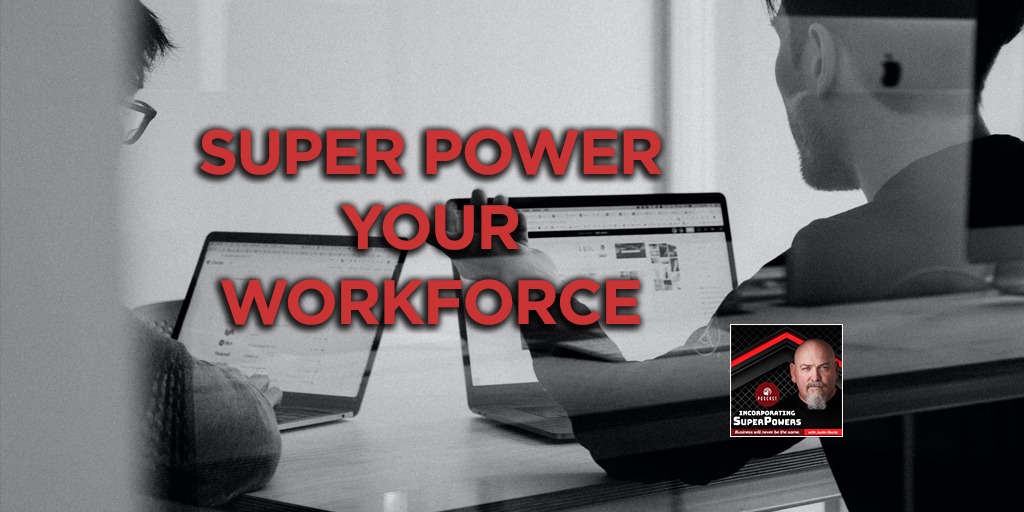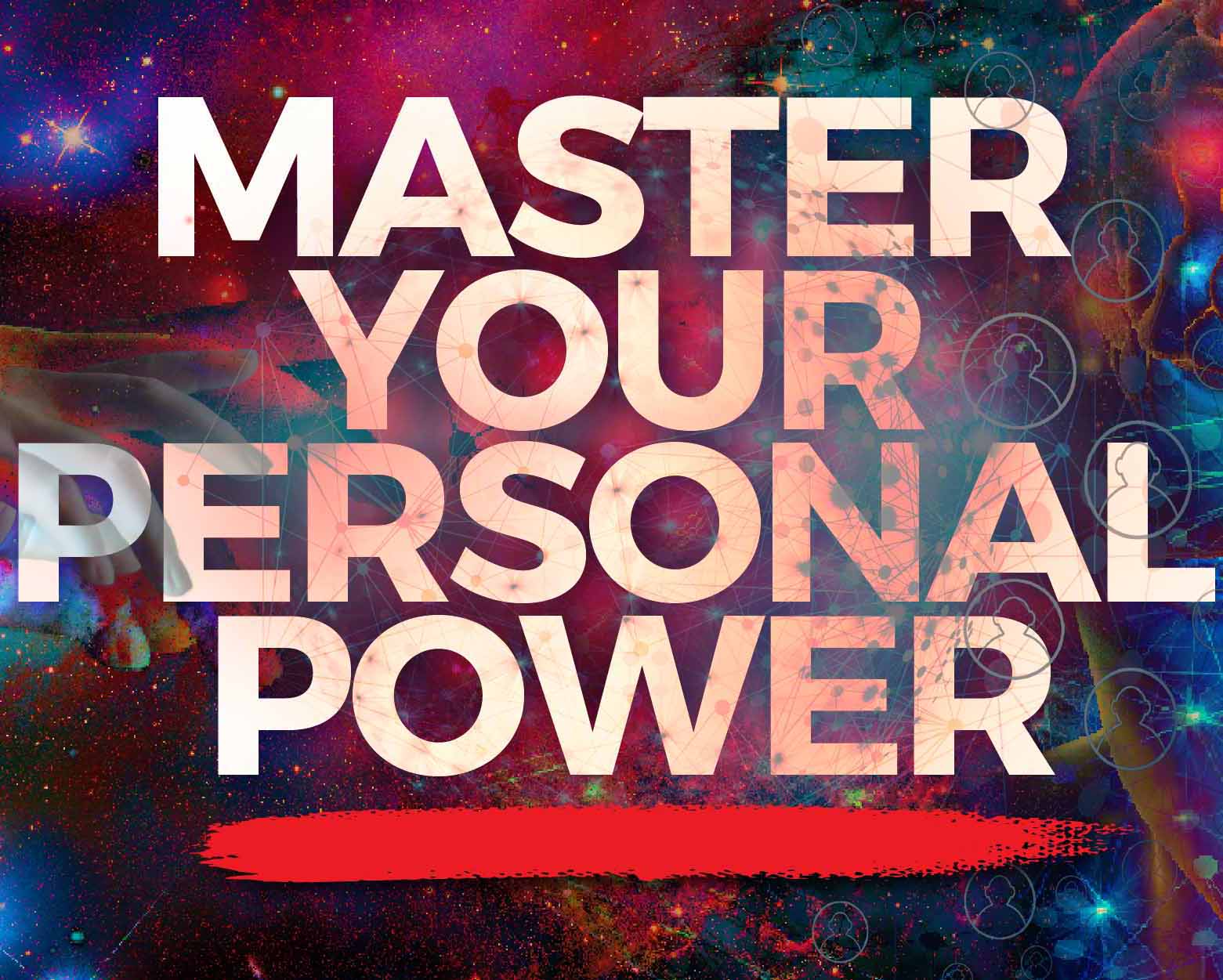
Welcome back to Incorporating SuperPowers. I got to admit folks, you’re in for a treat today because my guest is Fred Auzenne who I’ve known for I don’t know now, probably eight, nine years. First, when you first got to the Phoenix area and started building your business, this is how I met Fred, okay? Is Tony and I are both counterintelligence agents with the Army and typically whatever business circles we go in, we’re typically the only people that have that kind of background. Well this particular conference, I’m going to give a shout out to alliances, this business community here in the Phoenix area. They called all the people up and everybody’s doing their thing and then there’s this gentleman who worked at the DLA and then here’s this person.
And then Fred was the third or fourth person in the room that was Former Counter Intel, right? And so we had this shared construct and it just automatically just knew that we were going to get along. And because of that we just formed this really neat friendship over the years. And I’m excited because what Fred’s involved with now is very close and dear to my heart for the personal development space. He gets people, he understands people. And what we’re going to be talking about today is how to superpower your workforce. And so if you have employees, you have contract workers, you’re going to want to understand, you want to pay attention to this because some of the stuff that we’re going to get revealed about me after the break it’s going to be really eye-opening. So Fred, thank you for being on the show today.
Hey. Thanks for having me Justin, pleasure to be here.
Yeah. This is good stuff. So your business is cultural index, right? And you essentially help business owners, entrepreneurs, people that are hiring folks, superpower their workforce by finding the right person for the right job. And they’re not having to lose time or money because you’re straight to the chase, helping them identify their superpowers in that position and if they’re a good fit for it, is that correct?
That’s correct. So, think about this. Most people when I talk to CEOs and entrepreneurs my first question is, have you ever made a bad hire? Of course everybody raises their hand. Have you ever entered into a bad partnership? Everybody raises their hand. And so we go through it and then I say, “What does that cost you?” And if you look at the different statistics that are out there between hiring and training and managing and all the money and the investment you put into somebody, and six months later they’re underperforming, non-performing, or they quit. And believe me this is not just me, Gallup just came out with their industry poll. And every year they do an employee engagement poll. And they survey 30,000 employees, right? So it’s not a small number. And what they’ve come up with is about 17% of your workforce are what we call terrorists. They’re actively disengaged, right? You know terrorism well so do I, right? They’re actively disengaged-
For the government.
That’s right. They’re sitting at the water cooler going, “Oh, those boneheads.” And they’re trying to enroll support in their negativity about the company. Then another 47% of your workforce is what we call disengaged. Meaning they’re doing just enough not to get fired, they’re looking for another job they’re just not engaged. So that leaves the small percentage about 35 to 40% of your workforce is engaged.
They’re actively engaged, they’re happy at what they’re doing. So that means basically 60 to 70% of your workforce is not engaged in your vision. And then it further goes on to state why do employees leave. And the number one reason is their director, their manager, whoever’s supervising them. The number two reason is culture, and money is way down on the list.
So we spend as entrepreneurs, business leaders, CEOs awful a lot of time on managing our marketing programs, our financial proformas, our KPIs, all these different things and we look at those objectively. And when I say this, you may be emotional about your PML but you’re not emotionally involved with your PML. Meaning that it’s just facts and data, right? There are numbers on a sheet you look at them, you add them. But we never do that with people, right? We never objectively look at our people and how they can perform? Or what is their superpower?
Are they in the right seat on the bus? I mean, one of the greatest books out there written by Jim Collins, Good to Great. One of his the tenant for success of those companies was having the right people on the bus, the right people on the right seats in the bus. And of course having the courage to get the wrong people off the bus and have them working for the competition. And then you as the CEO are setting the direction of the bus and good people don’t need to be managed.
Yeah. And this is the concept of hiring the right person back in the day used to be a little bit easier, right? Now everybody’s got a college degree or enough experience, equivalent experience of a college degree, right? And coming from the due diligence world, that’s a tough nut to crack because how do you pair up this person to that person? Yeah sure, if you’re doing it in onesies or twosies, that might work well if you’ve got a relationship with the person. But if you’re the CEO, the operations director, if you’re four or five steps removed from the people that are hiring and supporting the company vision, how do you sort through that? Right? How do you know the right person on the bus? And it gets convoluted because nowadays I can sit down in front of a computer, I’ve got enough wits about me to whip up a resume that makes you look really good.
That’s right. Imagine.
You’re the maddest thing ever, Justin.
Right. It’s like that’s really easy. But what I love and we’re going to tease this a little bit here is that cultural index, you got a quiz that helps identify what a worker’s superpowers are, right? So tell us something about that.
Yeah. The way that it works it’s a survey. Yeah, it’s a survey about workforce. So when you take the survey, you’re looking at words that you identify with and words that you don’t. And if you don’t you don’t choose them, it’s called free choice. So, the first part of the survey is choosing how you are as a person. And then the second part of the survey, if you recall, is what you believe you need to be at your job to be successful. What are the characteristics? And then what we’re able to do is a couple of different things, we’re able to compare your intrinsic traits. The traits that have been hardwired with you since you’re age 12 versus your work behaviors and how do they match up.
And when somebody matches up their work behaviors with their intrinsic traits while they love coming to work every day, because that’s what they do, right? They love it. And when you have somebody that’s doing something that is turning them inside out you have a flight risk. And I can go through a few examples later on. But that’s the idea is to be able to identify. And one of the things that we do differently too is if you’re a CEO, a lot of times think about job descriptions that are written out there, right? I need somebody that basically says that can do everything, right? They need to be operating Microsoft Office, do this, do that, do that. And it’s like this laundry list of things that they need to do, nothing about who they are as a person.
And every CEO I’ve ever talked to I’d say, “Well, would you rather have a C product and an A team, or an A product and a C team?” And they always answer A team. Because an A team is going to change that product, they’re going to make it better, they’re going to do all the things, they’re going to drive it forward, right? So why do you care if they can operate Microsoft Office, right? I mean, not that you shouldn’t be able to at this point in your life, but the idea is what are those internal intrinsic traits that you want that person to have when they show up at your job. And be able to, hey, if I hand you the ball Justin and I know that you can run with it, that’s what I want you to do. I don’t want to have to micromanage you. I don’t have to want to check your timesheet, and did you show up? And did you make the call?
So here’s the funny thing folks, we’re going to find out exactly what my results are. Because I actually took the survey, haven’t seen the results yet. Took it a couple of weeks ago right after Fred got booked on the show, haven’t seen the results. I took it, really simple it took like seven minutes to do. It was super simple. Like I said free choice, I didn’t have to do any thinking, this is right there, right? So, we’re going to talk about those results and how they come into play, what you’re looking at right after the break. But before we do, Fred where can people go find more information about you?
So the easiest way is if you’ll email me, my email address is [email protected]. I’ll be happy to send you a free link and do a survey much like we’re going to do with you.
There you go. Folks, you heard it right here. Go take the survey. It really wasn’t difficult. I mean, literally the simplest thing on there out on the planet. And I’m excited to find out what my results were right after this break. Stay tuned, we’ll be right back.
To listen to the entire show click on the player above or go to the SuperPower Up! podcast on iTunes.
Podcast: Play in new window




